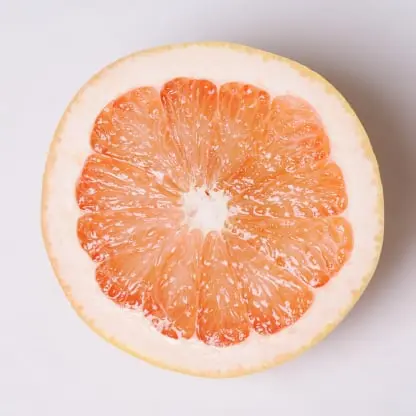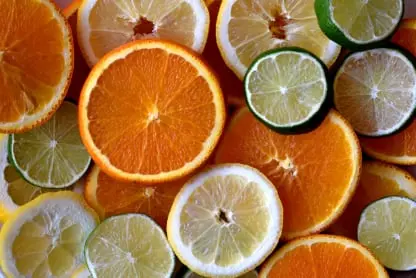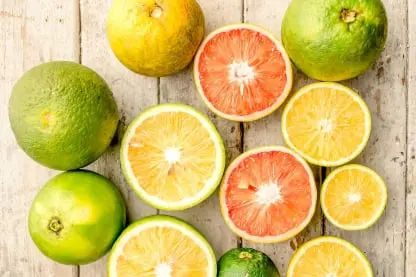Citrus packing app:
Citrus packing app for citrus quality, less citrus waste, improved citrus packing efficiency. Citrus packing app for lemon, orange, mandarin, tangerine, clementine inventory quality traceability audit recall, sales and shipping. Long term citrus storage management with RFID option.

Citrus Packing App for accurate order filling & production
View Packing App Specifications.
After a new regulation on the control of citrus canker (Xanthomonas citri subsp. citrus) came into force in Brazil in 2017, the post-harvest sanitization of citrus fruit became mandatory to prevent dissemination of the causal pathogen and enable the commercial trade of citrus to other states and countries. Although several sanitizers are available worldwide for decontamination of fresh produce, only sodium hypochlorite is legally required by the country for decontamination of citrus fruit traded with other states and countries against X. citri in the packing house. Thus, the objectives of this study were to assess the efficiency of chlorine dioxide, peracetic acid, and calcium oxychloride as alternative sanitizers and exposure times of 1 and 2 min for the post-harvest decontamination of citrus fruit against X. citri. Sodium hypochlorite, the legally required standard, was used as control. The sanitizers were evaluated regarding the capacity to eliminate live X. citri in solution immediately or 1 h after exposure to the products and the efficiency in disinfesting artificially and naturally contaminated lime fruit. An additional assessment was carried out to determine the infective potential of X. citri suspensions at different concentrations in order to evaluate the risk of disease dissemination by the remaining bacterial population on the fruit following treatment. All the assessed sanitizers were able to completely eliminate X. citri in suspension immediately after treatment. In artificially and naturally contaminated fruit, the sanitizers promoted a significant reduction of 2.4–2.8 and 1.1 to 1.5 log10 cfu/mL, respectively, in the population of live bacteria when compared to the untreated control. In these experiments, the amount of X. citri that remained on the fruit ranged from 0.5 to 1.0 and 0.1 to 0.3 log10 cfu/mL, respectively, regardless of the exposure time. The labeled concentrations and treatment periods assessed effectively decontaminated fruit with X. citri and demonstrated little or no risk of pathogen spread from treated fruit.

Citrus Packing App for reduced food & fresh produce waste
Packinghouse operations can be as simple as moving produce from a field lug into a shipping container, or may include a variety of handling practices, from cleaning, waxing, sizing, and quality grading to color sorting. The provision of shade during the packing operations is extremely important. Shade can be created using palm leaf fronds, a plastic mesh or canvas sheet hung from temporary poles, or via a permanent roofed structure. When deciding upon where to locate a packinghouse, access to the field and market point, adequate space for vehicles to enter and leave the packinghouse and ease of access to labor will all be considerations (Proctor, 1985).
In the simplest packinghouse, produce is delivered in picking containers, immediately after harvest, directly to the packers. The packers then sort, grade, size and pack the produce directly into appropriate transport containers. In this case, each worker must be knowledgeable regarding produce defects, grade and size requirements, and packing methods.
As the size and complexity of the packinghouse increases, more operations and workers trained in specific tasks might be added.

Citrus packing app manages supplier food quality and traceability
Sizing produce is optional but may be worthwhile if certain size grades receive a higher price than others. In most low-input packinghouses, manual sizing is still commonly practiced. Operators should be trained in selecting the size desired and to either directly pack the items into containers or place the selected produce gently into a bin for packing further down the line. Sizing can be done subjectively (visually) with the use of standard size gauges. Examples of the smallest and largest acceptable sizes for each product can be placed within view of the operator for easy reference. Hand held sizers are used for a variety of products.
